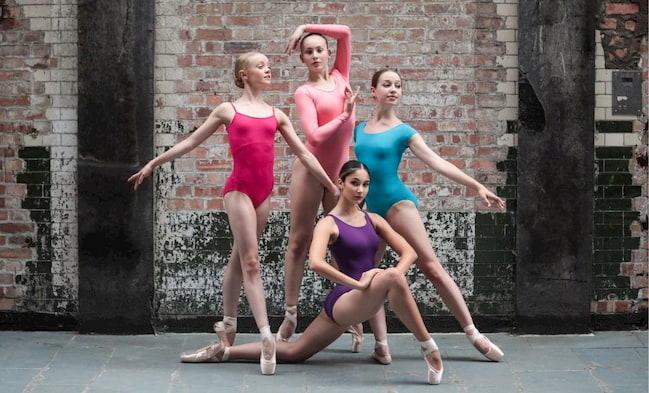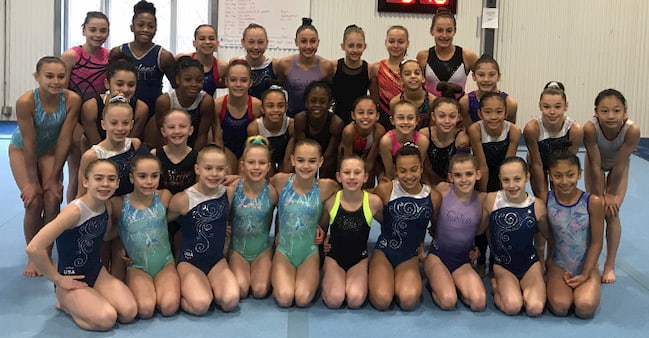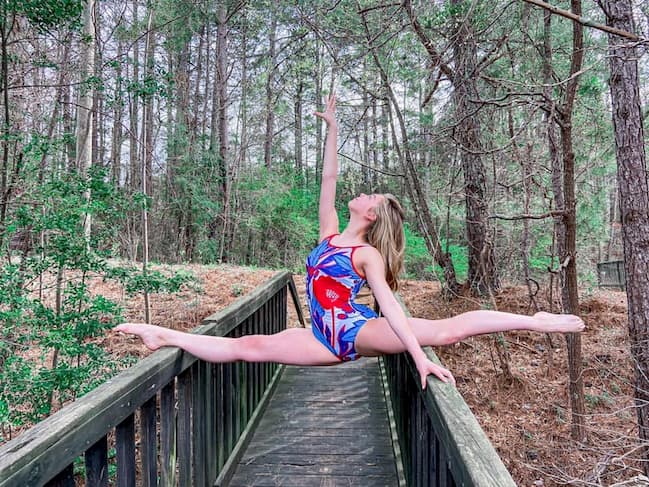Leotards: The Ideal Package of Performance and Comfort
What do dancers, gymnasts and superheroes have in common? Well, apart from being able to move in incredible ways and sometimes fly – the leotard. That’s because this one-piece garment that covers the upper body, leaving the legs free, allows for unrestricted movement more than any other. These types of bodysuits have important roles in many sports and activities, and when it comes to dance and gymnastics, even more. That’s why if you’re a dancer, it’s crucial that you find the ideal leotard for yourself, and why this task isn’t as easy as it seems.

Source: us.blochworld.com
Short History of Leotards
Named after their designer, a 19th-century French acrobat Jules Léotard, leotards were a bodysuit originally intended for men. He used his maillot, as they were initially called, for his trapeze act, as an attempt to make it more dramatic, while showing off his body. They became very popular in the 1970s with the disco movement, and today they come in different designs, tailored to meet the needs of specific sports and activities.
So, besides the regular type, there are ones with long sleeves, unitards – a one-piece garment that covers both the upper body and the legs, singlets – a one-piece garment that cover the legs similar to tight-fitting shorts, biketards – similar to singlets, with shorts up to the mid-thigh area, catsuits, bodytards etc. And apart from dancers, there are different styles of leotards available which can be used by gymnasts, ice skaters, athletes, cyclists, acrobats, circus performers, wrestlers etc.
The Importance of Leotards in Dance and Gymnastics
It’s clear how much movement bodysuits allow. However, there is one very important reason to wear them, especially for kids that are learning dancing and gymnastics, namely protection. Dance leotards allow dance teachers to see that the kids have proper postural alignment. This way, they’ll know if the movements are done correctly, which in turn protects the student against injuries.
Another important reason for dancers to wear this type of dancewear, when it comes to ballet, in particular, is tradition. Ballet is an old and traditional art, that celebrates the human beauty on top of many other things, and tight clothes allow for the figure and the complex techniques to be seen better. Furthermore, leos and tights are the traditional culturally accepted ballet dress code. Aesthetics is important in all forms of dance, and the way dancers dress has always played a huge role across all different dance styles.

Source: usagym.org
When it comes to gymnasts, apart from allowing them to move without restrictions, these garments protect athletes against injuries. Like with dance teachers, gymnastics instructors can see the alignment of the athletes’ spine, hips, neck, knees. Because they are tightly fitted, there is no risk that they catch on the equipment. On the other hand, loosely fitted clothing can be a safety hazard for gymnasts because their hands or feet can get caught up during their exercises and performances.
What to Look for in Leotards?
Choosing a leotard can be hard, especially if it’s your first time. Though they have a lot to do with aesthetics, leos are much more about comfort. That being said, quality, perfect fit and style are the things to be considered when choosing a leotard for yourself or your child.
The quality of materials detriments the durability of the garment. The most common fabrics used for making them are nylon and spandex, and cotton and spandex. Both types come in many colour options, and they can easily be combined with other types of dance clothes. The biggest difference is that the latter has a matte finish.
When it comes to style, the first thing, of course, is to find what kind of bodysuits meet your specific needs and uses. Do you want long sleeves, a classic ballet leotard, a unitard… Secondly, you could choose by colour, especially if there isn’t a predetermined choice of colours by the school. Apart from the typical monocoloured leos, you could also find beautifully printed bodysuits, with different designs that can express your personality.

Source: facebook.com
How to Find the Right Fit?
Of course, the biggest problem you might face when leotard shopping is determining the perfect fit. A perfectly fitted leotard looks tight, but it isn’t overly stretched, and there isn’t any excess material. You should easily be able to pull it up onto the hip bones. However, finding the right size for yourself is easier than finding one for your child.
Leos are designed to be like your second skin, so there shouldn’t be any excess material, and they shouldn’t be too small either. However, if they are too small it can be a little bit more complicated to tell since it doesn’t have to be obvious. If ballet leotards are too tight, they will dig into the dancer’s skin, making it really uncomfortable to perform.
One way to check if the leotard is too small is to see if it seems too stretched, or if it’s digging into their armpits, shoulders, hips, inner thighs. Also, check if it can be pulled up enough on the hips. However, regardless of whether you are looking for leotards for girls or for women, the best way to check if the leotard fits you or your child well is to move a little bit in it. If you feel that it squeezes you anywhere, you need to buy a larger size.



